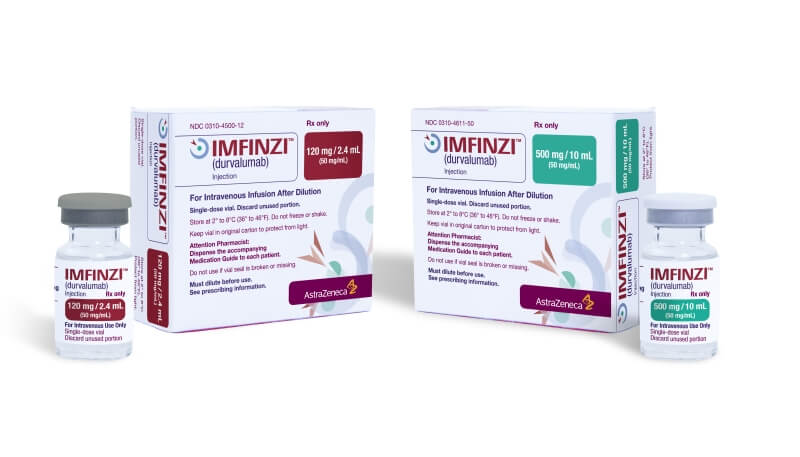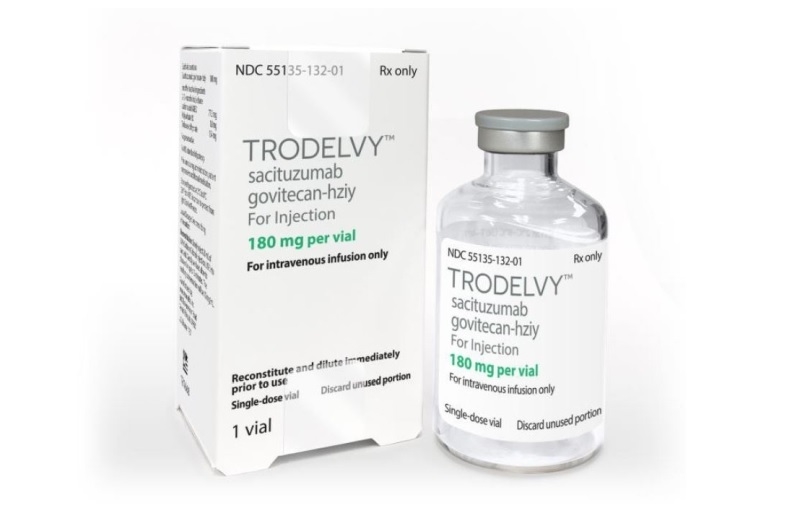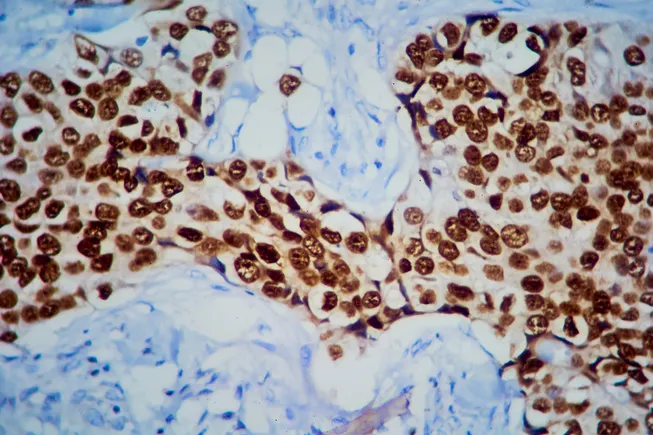Customizable Polymeric Nanoparticle Materials Optimized on Hypoxic Cells Facilitate mRNA Expression in the Lungs In Vivo
Advanced Healthcare Materials, EarlyView.

This study introduces a Tunable Lung Expressing Nanoparticle Platform (TULEP) to enhance mRNA delivery and translation in the lungs, even under hypoxic conditions. Using combinatorial polymer synthesis and systematic nanoparticle characterization, TULEPs demonstrated efficient, lung-specific mRNA expression in vitro and in vivo, highlighting their potential for treating pulmonary diseases with mRNA therapeutics.
Abstract
mRNA therapy has shown great potential in treating lung diseases by enabling transient protein expression without permanently altering the genome. Despite advancements, most mRNA delivery systems, such as lipid nanoparticles and polymeric nanoparticles, predominantly express mRNA in the liver, limiting their effectiveness for extrahepatic organs like the lungs. Furthermore, hypoxia, a common feature of many pulmonary diseases, significantly reduces mRNA translation and protein synthesis, impacting therapeutic outcomes. In this study, we present a Tunable Lung Expressing Nanoparticle Platform (TULEP) designed to enhance mRNA delivery to the lungs and improve protein expression under hypoxic conditions. Our approach involved the combinatorial synthesis of polymers with varied hydrocarbon tail lengths and reaction equivalencies, followed by formulation into mRNA-loaded nanoparticles. These nanoparticles were characterized for size, charge, and mRNA encapsulation efficiency, and mechanistic and efficacy studies under normoxia and hypoxia were performed in vitro. In vivo studies demonstrated that the top-performing TULEPs improve mRNA-encoded protein expression in the lungs in a well-tolerated fashion as suggested by weight loss, blood paneling, and histological analyses. Taken together, these results highlight TULEPs as a viable platform for tunable expression of mRNA in the lungs and under hypoxia, highlighting their potential for long-term disease therapy.








































































































































